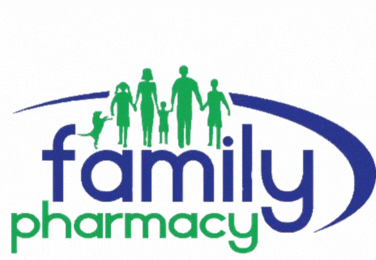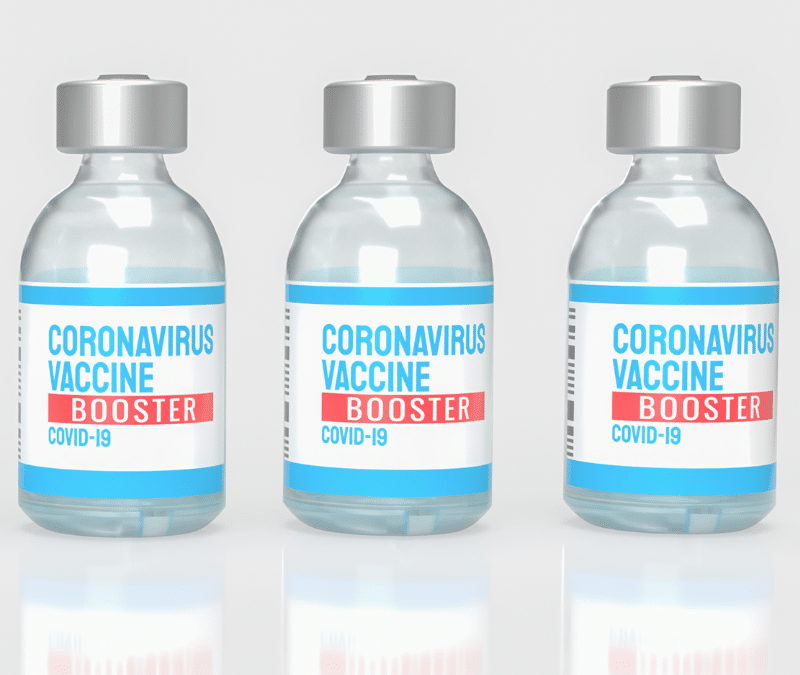Continuing to keep yourself protected against COVID-19 is important because the virus has been mutating over time. By receiving the bivalent vaccine booster dose, you can help to ensure you’re up to date with the newest practices against the virus.
We’re going to go over everything you need to know about the bivalent vaccine. Including how the booster provides broad protection against COVID-19 by including a component of the first virus’s strain. It also has a component of the current omicron variant, which provides better protection against COVID-19 caused by the very same omicron variant.
The vaccines are called bivalent COVID-19 vaccines because they contain both components. A bivalent COVID-19 vaccine could also be known as an “updated” vaccine booster dose for COVID-19.
The vaccines created for COVID-19 help protect against severe symptoms, hospitalization, and possibly even death from the virus. As the virus mutates and the body’s immunity naturally lowers over time, you could lose part of the original vaccine protection.
Bivalent Vaccine Defined
As bivalent defines itself as half of the original strain of COVID-19 and half of the omicron mutant, there’s a reason those who have only received the original vaccines should consider receiving the booster. This is because the omicron strain currently makes up almost 90% of all circulating strains.
The Food and Drug Administration “is hoping this new bivalent booster will be a good match against circulating strains,” said Sandra A. Fryhofer, MD, chair of the AMA Board of Trustees and liaison to the Centers for Disease Control and Prevention (CDC) Advisory Committee on Immunization Practices (ACIP).
Currently, the only bivalent boosters that have been authorized are mRNA versions made by Pfizer-BioNTech and Moderna.
The U.S. government has bought 171 million bivalent vaccine booster doses—66 million from Moderna and 105 million from Pfizer.
This is the first time mRNA vaccines have been updated. Patients, however, have to meet certain requirements to receive them.
Important Facts About the Bivalent Vaccine According to the FDA:
- The authorized bivalent COVID-19 vaccines, or updated boosters, include an mRNA component of the original strain to provide an immune response that is broadly protective against COVID-19 and an mRNA component in common between the omicron variant BA.4 and BA.5 lineages to provide better protection against COVID-19 caused by the omicron variant.
- The BA.4 and BA.5 lineages of the omicron variant are currently causing most cases of COVID-19 in the U.S. and are predicted to circulate this fall and winter. In June, the agency’s Vaccines and Related Biological Products Advisory Committee voted overwhelmingly to include an omicron component in COVID-19 booster vaccines.
- For each bivalent COVID-19 vaccine, the FDA based its decision on the totality of available evidence, including extensive safety and effectiveness data for each of the monovalent mRNA COVID-19 vaccines, safety and immunogenicity data obtained from a clinical study of a bivalent COVID-19 vaccine that contained mRNA from omicron variant BA.1 lineage that is similar to each of the vaccines being authorized, and nonclinical data obtained using a bivalent COVID-19 vaccine that contained mRNA of the original strain and mRNA in common between the BA.4 and BA.5 lineages of the omicron variant.
- Based on the data supporting each of these authorizations, the bivalent COVID-19 vaccines are expected to provide increased protection against the currently circulating omicron variant. Individuals who receive a bivalent COVID-19 vaccine may experience side effects commonly reported by individuals who receive authorized or approved monovalent mRNA COVID-19 vaccines.
- With today’s authorization, the monovalent mRNA COVID-19 vaccines are not authorized as booster doses for individuals 12 years of age and older.
- The agency will work quickly to evaluate future data and submissions to support the authorization of bivalent COVID-19 boosters for additional age groups as we receive them (fda.gov).
Who is Eligible for the Bivalent Vaccine?
Currently, there are more than 200 million Americans who are eligible to receive the bivalent COVID-19 vaccine booster.
Pfizer’s bivalent booster has been authorized for anyone 12 or older. Moderna’s authorization is currently for patients 18 or older.
Also, patients have to first complete a primary COVID-19 vaccine series before receiving a booster vaccine.
The recommendation is that people should wait at least two months from their last COVID-19 vaccine dose to get a bivalent booster. Most people eligible for a booster are at least six months from their last dose.
Why You Should Consider Getting the Bivalent Vaccine
Receiving a single booster dose of the bivalent COVID-19 vaccine creates larger protection against the virus and should provide better protection against COVID-19 caused by the current omicron variant that’s going around.
If you are someone who is eligible to receive the bivalent COVID-19 vaccine booster, the one you receive doesn’t need to be from the same manufacturer that provided your initial series of vaccines. Whether you received Moderna for your primary vaccination, that doesn’t mean you have to receive the Moderna bivalent booster over Pfizer.
Should I Receive the Bivalent Vaccine if I Have Had COVID?
If you previously were infected with COVID-19, you’re still eligible to receive the bivalent booster vaccine. Though you should wait until you have fully recovered and are no longer in self-isolation.
The CDC advises that it’s probably best to wait at least three months after a COVID-19 infection to get the booster. Though again, you must have completed a primary COVID vaccine series to be considered eligible.
What is the Testing Process for this Vaccine?
There is current human data on bivalent COVID-19 vaccines, with both the beta and omicron strains. The omicron booster study did find that when you add a second COVID virus to the original vaccine, it widened the antibodies response. Among those with previous COVID-19 infections, the bivalent vaccine showed the largest amount of antibodies.
The studies done targeted a strain that is currently not circulating any longer. That’s the reason the FDA directed the manufacturers to create a new booster that targets the current strains present, such as omicron.
Switching strains on a previously studied vaccine isn’t something new. The FDA will allow changes in the flu vaccine to be made as the virus evolves. That’s without requiring a full efficacy trial. This process looked similar to the bivalent COVID-19 vaccine booster.
What are the Possible Side Effects?
Similar to other COVID vaccines, the bivalent vaccines have reactogenicity. Meaning the body may have common and expected adverse reactions.
Some common side effects listed from the bivalent vaccine are:
- Fatigue
- Headache
- Muscle/joint aching
- Chills
- Nausea/vomiting
- Fever
As stated, these are all common and don’t show up in all patients.
Can I Get the Bivalent Vaccine and Flu Shot at the Same Time?
According to the CDC, it is safe to receive a flu shot at the same time you receive any type of COVID-19 vaccine. That’s because the two viruses will be in peak season at the same time, so it’s actually encouraged to do so by the CDC.
Also, it’s okay to get a COVID-19 vaccine or bivalent vaccine booster with other possibly needed vaccines.
With one exception which is, the monkeypox vaccine. Currently, there are two available vaccines for the monkeypox disease: ACAM2000 and JYNNEOS. ACAM2000 has been linked to myocarditis, a heart condition associated with COVID vaccines in young males. Myocarditis risk in JYNNEOS is unknown.
If you’re someone who has received a dose of either of them, the CDC suggests waiting at least four weeks before getting a COVID-19 vaccine dose of any kind. However, if you’ve already received a COVID-19 vaccine dose and you’re now at risk of monkeypox due to exposure, no need to wait.
In Conclusion
After learning everything you need to know about the bivalent vaccine, make the best-educated choice for yourself before choosing to receive it.
To learn more about the bivalent vaccine, or for answers to more frequently asked questions, contact Utah Family Pharmacy today.


Recent Comments